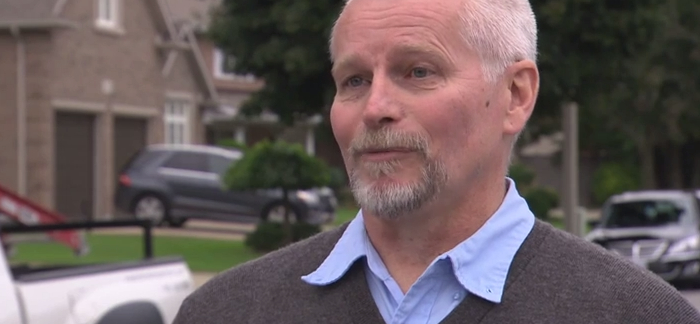Radon is one of the most dangerous elements that can be found in a home, but unless a home is tested for it, no one will know that it is there. It is a noble gas and is one of the heaviest gases that science has discovered to this point. It will accumulate in a basement or other low lying area of a home and when it is present, can increase the risks of lung cancer development. Why don’t people know that radon has accumulated? It is odorless, colorless, and tasteless.
1. Radon Loves the Cold
The freezing point of radon is -96F, which means you’re not generally going to find some frozen radon just lingering about in your neighborhood. This gas is even known to boil at -79F, so having liquid radon isn’t going to happen unless you’re having a really cold day down in Antarctica. What’s really neat about radon is that it turns different colors after it has been frozen, going from a yellow to a bright sunset-like orange color as it gets colder.
2. Good Stuff For the Teeth
A number of different elements interact with radon in unique ways. Since it has over 20 known isotopes and has an estimated half-life of over 1,600 years, nature has had plenty of time to experiment with this radioactive substance. When fluorine interacts with radon, for example, a type of fluorine is actually formed. You probably wouldn’t want to brush your teeth with radon fluorine because of the radiation unless you had tooth cancer, but in theory it could be done.
3. Grow Your Own Therapy
Radon is often used in medical settings as a method to treat many serious diseases, including cancers. The radon is distributed to the hospitals in a small tube that is called a “seed.” Suppliers will harvest radon from radium sources to create these seeds. The neatest part about growing a crop of radon is the fact that each seed can be personally customized so that it meets the needs of the patient that is seeking out treatment.
4. That’s More Than a Hot Spring
Radon is literally everywhere. You just can’t get away from it, but in natural settings it won’t generally collect like it does in a building. For every square mile of soil that is on this planet, it is estimated that there is 1 gram of radium present that will begin to emit radon. It’s even in the air you’re breathing outside, although the amount is ridiculously small. You can find radon in some water supplies as well. The spring waters of Hot Springs, Arkansas are known for the presence of radon.
5. Just Like a Cigarette
According to American estimates, radon exposure causes over 20,000 deaths every year, most of them due to lung cancer. Only smoking causes more lung cancer cases than radon, so taking radon levels seriously is important.
If you haven’t had your home tested for radon yet, then you should. It could be the best choice you make this year because you could dramatically reduce your cancer risks.




